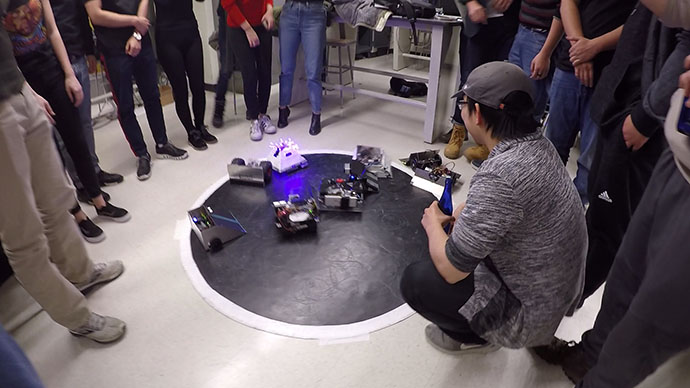New Study Reveals Ozone’s Hidden Toll on America’s Trees
A new nationwide study reveals that ozone pollution—an invisible threat in the air—may be quietly reducing the survival chances of many tree species across the United States. The research, published in the Journal of Geophysical Research: Atmospheres is the first…


 The task for students was to build with a specific set of skills. It needed to be able to stay inside a marked circle and have away to push other robots outside the circle.
The task for students was to build with a specific set of skills. It needed to be able to stay inside a marked circle and have away to push other robots outside the circle.